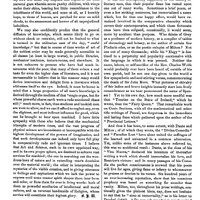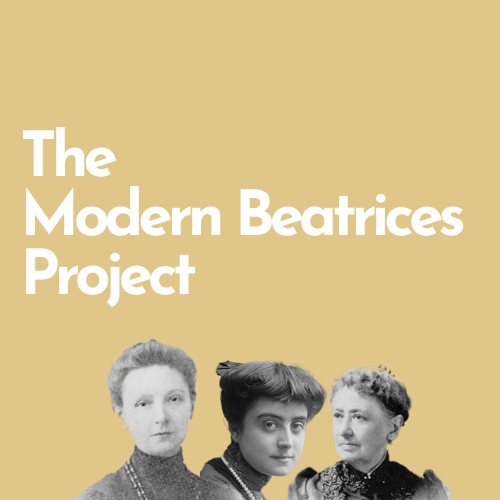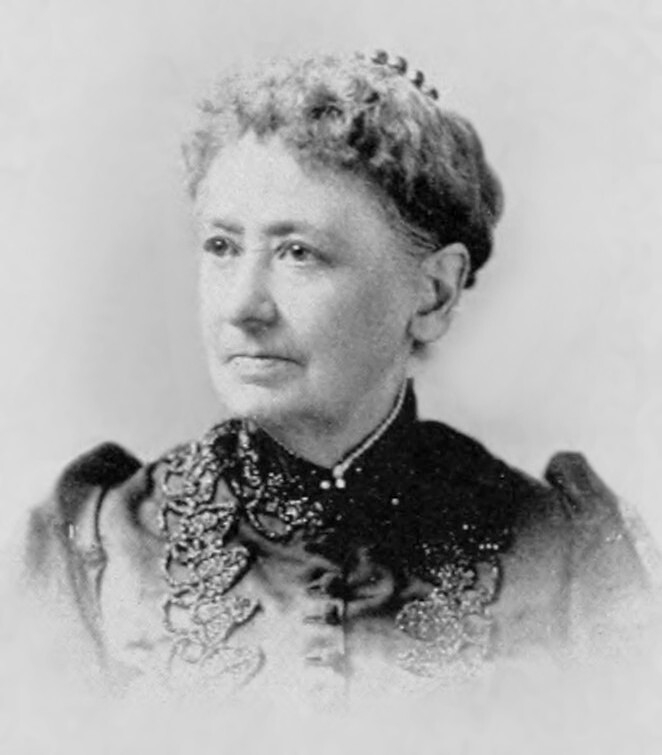Person
Vale Blake, Euphemia (1817-1904)
- Title
- Mrs. Euphemia Vale Blake
- Full Name
- Vale Blake, Euphemia (1817-1904)
- Pseudonym
- E. Vale Smith; E. Vale Blake
- Lifespan
- 7 May 1817 – 21 October 1904
- Country of origin
- England, United Kingdom
- Language
- English
- Occupation
- Journalist
- Editor
- Periodical contributor
- Newburyport Herald; Saturday Evening Union; North American Review; Christian Examiner
- Short biography
-
Euphemia Vale was born in Hastings, England, 1817. Her parents were Prof. Gilbert Vale and Hepsibah (Johnstone) Vale. She came with her father, mother and other members of the family to New York City in 1823. Her father was well-known as an author, publisher, inventor, public lecturer and a professor of astronomy and other branches of mathematics, making a specialty of navigation.
In New York City, in 1842, she married Dr. Mayo Gerrish Smith, son of Foster Smith. Soon after her marriage, she came with her husband to Newburyport, Massachusetts, and lived for some months in the family of her father-in-law, on Smith's court, removing later to a dwelling house on Essex street, where her husband had an office fitted up for his use as a dental surgeon. After the discovery of gold in California, in 1849, Dr. Smith went to the Pacific coast, and remained there seven years.
During his absence, Blake was engaged in literary work.
She was a frequent contributor to the Newburyport Herald, taking the editorial duties whenever the chief was absent. She also edited a weekly literary paper the Saturday Evening Union, and supplied leading articles for the Watch Tower. At that time, she was also writing for the North American Review and Christian Examiner, all the editorials for the Bay State, a weekly published in Lynn, with occasional articles in the Boston daily journals, the Transcript, Traveller, Atlas, and others. It was in the Atlas that one of her articles, in 1853, started the movement for revising the laws of Massachusetts and causing the adoption of that law limiting the franchise to those capable of reading the Constitution of the United States. She furnished a series of "Letters from New York" to the Boston Traveller and wrote essays for the Religious Magazine. Then, for the New York Quarterly, she did much book reviewing. She also wrote for the Constellation, edited by Park Benjamin Sr. In 1854, she wrote and published the history of the town of Newburyport, and a scientific work on the use of ether and chloroform applied to practical dentistry. She wrote the first considerable criticisms of Dickens' early novels as they appeared, and also the early works of George William Curtis.
In 1857, she removed to New York, and was there granted a decree of divorce from her husband. In 1859 to 1861, she regularly supplied the Crayon, an art magazine published in New York, with elaborate articles on literature and art. In 1863, she married, in New York, Dr. Daniel S. Blake. After her second marriage, she resided in Brooklyn.
In 1871, Blake furnished historical articles to the Catholic World on Milesians. Next followed articles for the Christian Union, and, at the request of Henry Ward Beecher, a few short stories. A little later, she contributed essays to Popular Science Monthly. One of her productions was printed in the Brooklyn Eagle of 23 November 1871, discussing the riparian rights of Brooklyn to her own shoreline. It was a historical piece of all the legislation on the subject, from colonial times to the date of publication. The late Chief Justice Joseph Nielson, of the city court, remarked that "the argument was unanswerable." In 1874, she published Arctic Experiences (New York), to give a correct history of the Polaris expedition and Captain George Tyson's ice drift, and containing also a sketch of all the preceding expeditions, both American and foreign. In 1879, and subsequently, Blake wrote regularly for the Oriental Church Magazine.
She wrote several lectures on historical and social topics for a literary bureau in New York, which were repeatedly delivered by a man who claimed them as his own. She also wrote a book on marine zoology and a series of articles on "The Marys of History, Art and Song." She occasionally wrote in verse. Euphemia Vale Blake died 21 October 1904 at her home in Brooklyn, and is buried in that city's Green-Wood Cemetery. The E. Vale Blake papers are held by the Brooklyn Historical Society. - Selected List of Publications
- 1860. Comparative analysis of Dante and Milton, The Crayon, Jun-Oct.
-
 "Comparative analysis of Dante and Milton"
"Comparative analysis of Dante and Milton"
- Link to external sources
- Euphemia Vale Blake - Wikipedia
- E. Vale Blake papers - Center for Brooklyn History
- Resource class
- Person
Part of Vale Blake, Euphemia (1817-1904)
Annotations
There are no annotations for this resource.
Position: 537 (74 views)


